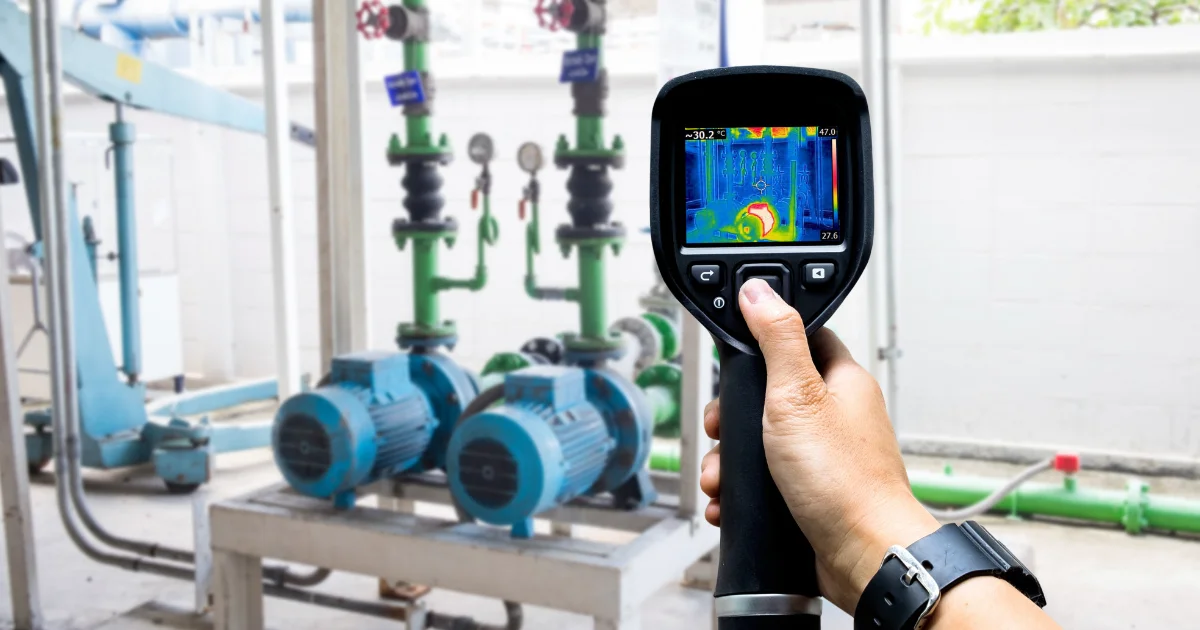Inspector

Inspectors should be great at:
- Estimating sizes, distances, and quantities; or determining time, costs, resources, or materials needed to perform a work activity.
- Observing, receiving, and otherwise obtaining information from all relevant sources.
- Identifying information by categorizing, estimating, recognizing differences or similarities, and detecting changes in circumstances or events.
- Inspecting equipment, structures, or materials to identify the cause of errors or other problems or defects.
Analyst

Analysts will often perform the following tasks:
- Identifying the underlying principles, reasons, or facts of information by breaking down information or data into separate parts.
- Using relevant information and individual judgment to determine whether events or processes comply with laws, regulations, or standards.
- Assessing the value, importance, or quality of things or people.
- Compiling, coding, categorizing, calculating, tabulating, auditing, or verifying information or data.
Other work activities related to Non destructive testing specialists
- Supervising or directing the working of non destructive testing (NDT) trainees or staff.
- Producing images of objects on film, using radiographic techniques.
- Evaluating material properties, using radio astronomy, voltage and amperage measurement, or rheometric flow measurement.
- Developing or using new non destructive testing (NDT) methods, such as acoustic emission testing, leak testing, and thermal or infrared testing.
- Documenting non destructive testing (NDT) methods, processes, or results.
- Mapping the presence of imperfections within objects, using sonic measurements.
- Making radiographic images for detecting flaws in objects while leaving objects intact.
- Visually examining materials, structures, or components for signs of corrosion, metal fatigue, cracks, or other flaws, using tools and equipment such as endoscopes, closed circuit television systems, and fiber optics.
- Interpreting or evaluating testing results in accordance with applicable codes, standards, specifications, or procedures.







